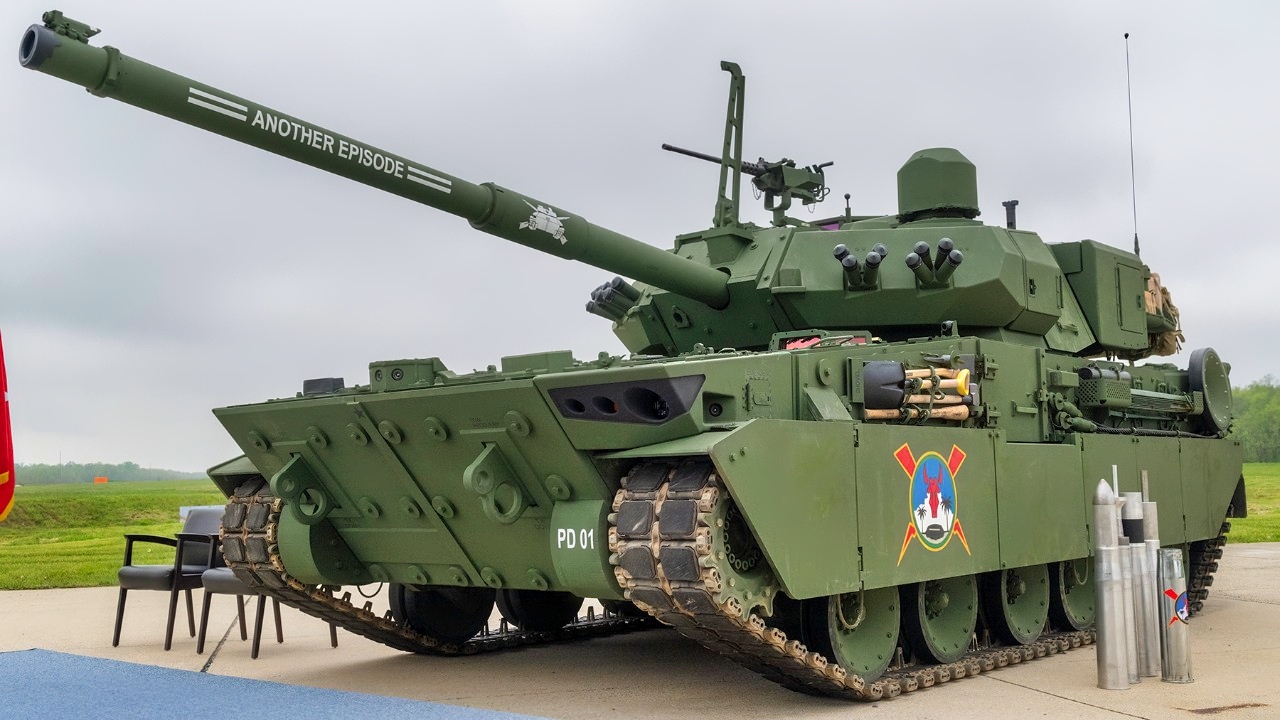The demise of the M10 Booker spares the U.S. Army from a project that lost sight of its purpose. Instead of a light tank to provide mobile fire support for the infantry, the Army ended up with a vehicle that weighed as much as some main battle tanks.
But this leaves a question: what armored vehicle will the Army use for infantry support? The Army still has the powerful M1 Abrams, which packs a 120-mm cannon and thick armor. But weighing in at 74 tons for the latest M1A2SEPv3 model, the Abrams chews up roads and bridges, requires extensive logistics and maintenance, and is cumbersome to transport by air and sea.
Then there is the M2 Bradley, a 30-ton infantry fighting vehicle (IFV) armed with a 25-millimeter cannon and TOW2 anti-tank missiles. It is a testament to the Bradley that Ukrainian troops prize it more than its Western-supplied Abrams, Leopard and Challenger main battle tanks. Ukrainian troops love the Bradley’s firepower and protection, as well as its mobility. Its rapid-fire cannon has proven devastating against Russian infantry and armored vehicles, including a 2023 incident where a Bradley fired a hail of 25-mm shells that destroyed a Russian T-90 tank.
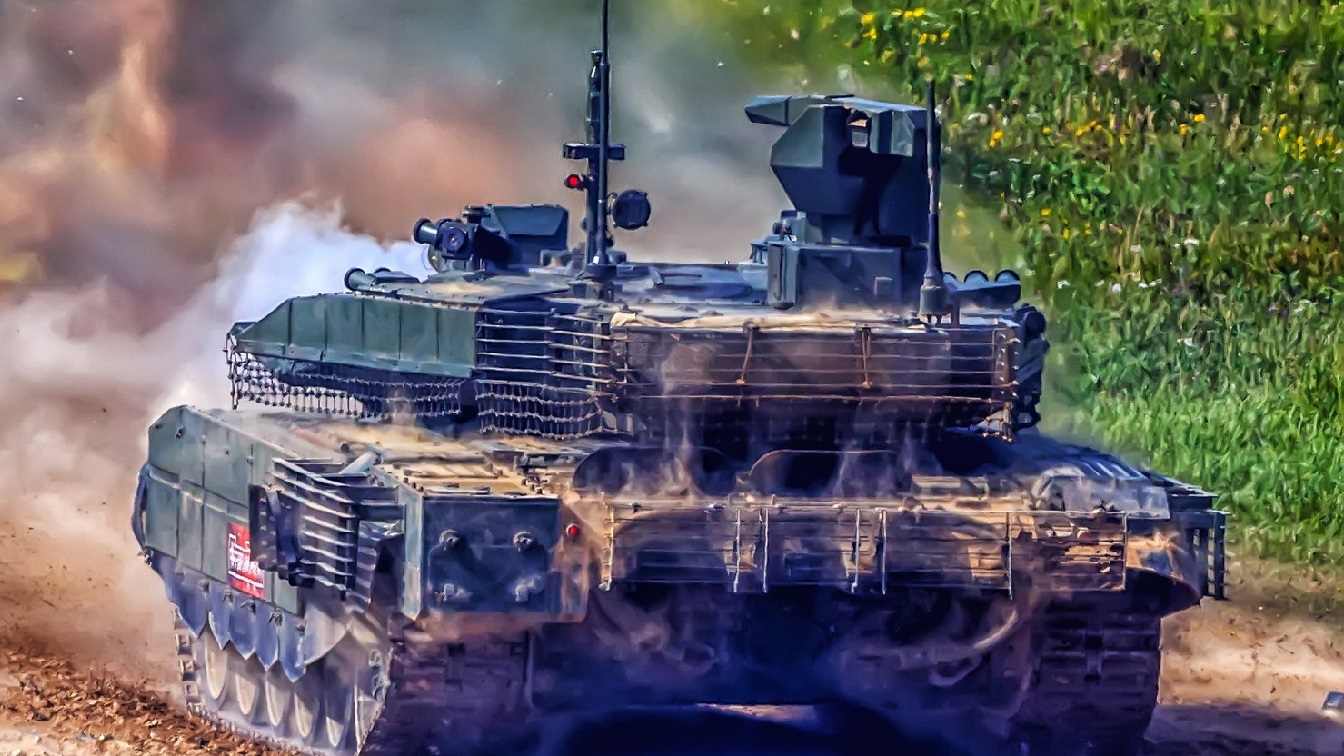
T-90M. Image Credit: Creative Commons.
Ukrainian soldiers swear by the Bradley’s armor protection, which has withstood IEDs and mines that would have destroyed Russian armored. Indeed, Russia’s military concluded that the Bradley is superior to its Russian counterpart, the BMP-3.
But the M2 Bradley is not a tank. It looks like a tank, and it can perform some tank-like functions. But a Bradley’s base armor has a thickness of just 1 inch thick, compared to 2 feet for the frontal armor of an M1A2 Abrams. Even when the IFV concept emerged in the late 1960s with Russia’s BMP-1 – followed by the Bradley in the early 1980s – there were concerns that crews would be tempted to use their vehicles as if they were tanks.
The Bradley’s 25-mm cannon is highly lethal, and as seen in Ukraine, it can even destroy tanks that have poorly trained crews using sloppy tactics. But there are times when a big gun is useful, such as taking on enemy tanks in a frontal battle, or firing at fortifications.
Thus, the U.S. Army’s Mobile Protected Firepower program wasn’t necessarily a bad idea. Develop a tracked, turreted armored vehicle that was lightweight, airdroppable and had sufficient armor to withstand machine gun and light cannon fire. It would carry a 105-mm cannon powerful enough to destroy bunkers and enemy armor. The new vehicle would provide organic armored support for Infantry Brigade Combat Teams brigades in places where heavy armor couldn’t operate or couldn’t be transported to.
In theory, what should have emerged was a better version of the notorious M551 Sheridan, a 15-ton airdroppable light tank plagued by problems such as thin armor and an unreliable 152-mm cannon that also fired infrared-guided Shillelagh anti-tank missiles. Instead, what emerged was the 42-ton M10, which the Army labels an assault gun rather than a light tank, but which actually weighs the same as some versions of Russia’s T-72 main battle tank.
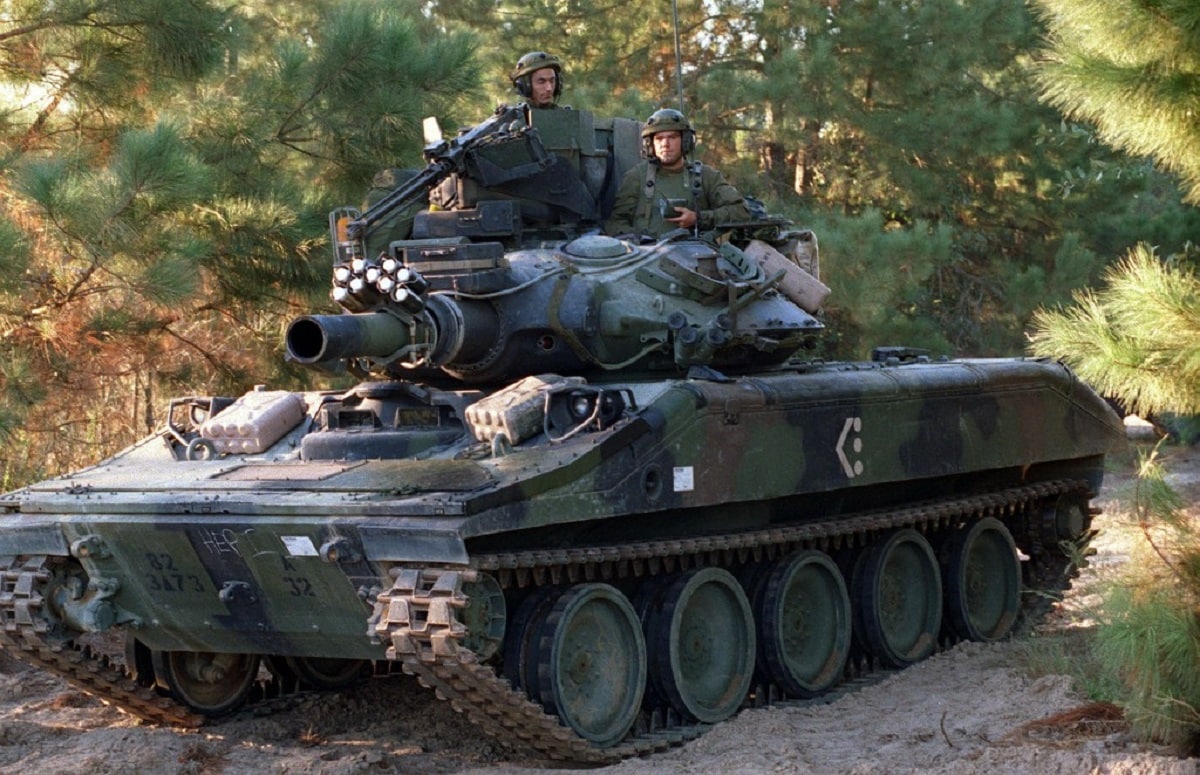
M551 Sheridan. Light Tanks.
Army officials concede that adding more requirements burdened the M10, making it too heavy to be airdropped. “We got the Booker wrong,” Army Secretary Dan Driscoll told reporters. “We wanted to develop a small tank that was agile and could do [airdrops] to the places our regular tanks can’t.”
Nonetheless, with the M10 Booker gone, the U.S. Army still needs a replacement. The planned M1E3 – a redesigned Abrams – may be somewhat smaller and lighter than the current 70-ton models, including a hybrid-electric engine as well as an autoloader to reduce crew size. But given the history of American tank development, the M1E3 is likely to grow heavier than planned. At the least, it will be too heavy to parachute out of a plane.
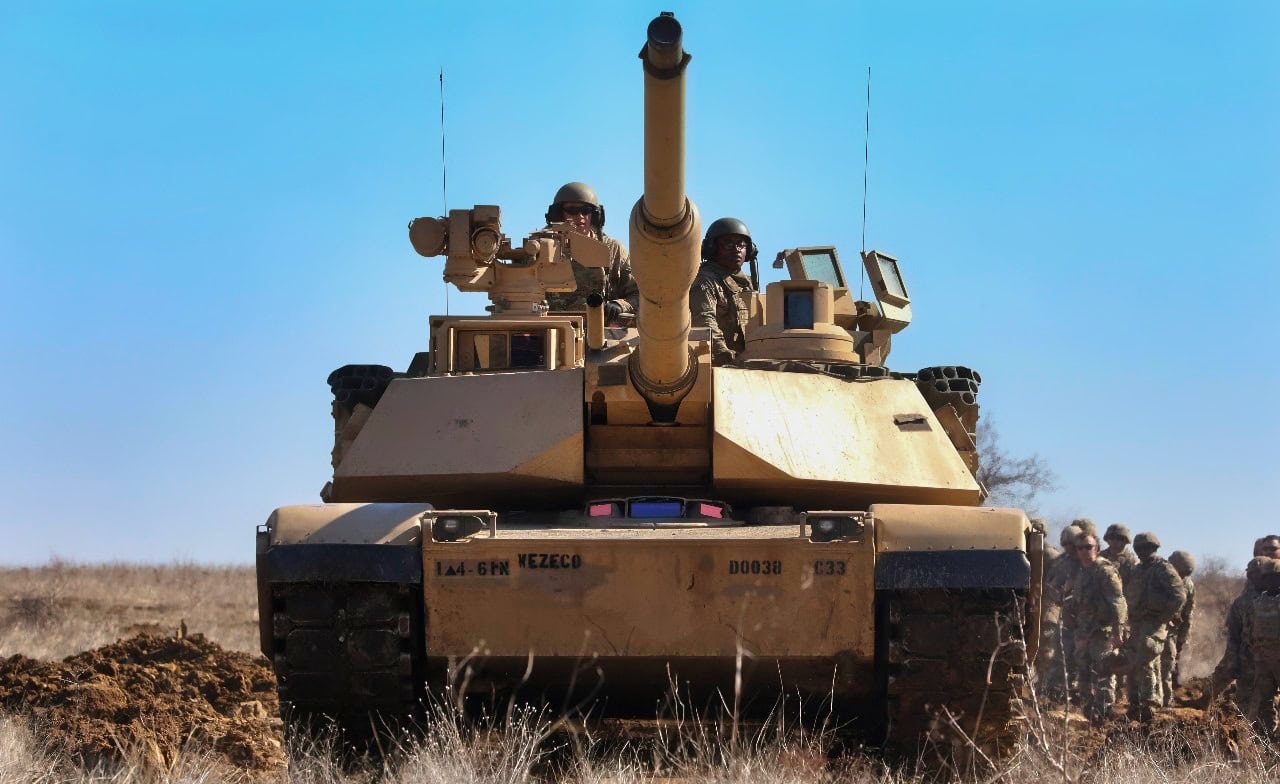
A U.S. Army M1 Abrams, assigned to 4th Battalion, 6th Infantry Regiment, 3rd Armored Brigade Combat Team, 1st Armored Division, fully emerges from the tank firing point to engage the simulated enemy at Novo Selo Training Area, Bulgaria, March 5, 2025. 1st Armored Division, a rotational force supporting V Corps, conducts training with engineers and tank operators in the European Theatre to maintain readiness and instill fundamental Soldier skills that are vital in maintaining lethality. (U.S. Army photo by Spc. Kyle Kimble)
One solution for infantry support unmanned tanks, which can be smaller, lighter and cheaper than manned models. But even with advances in AI, robot armored vehicles can be a liability if their data links are jammed or hacked, or their AI suffers “hallucinations.”
Another possibility is wheeled vehicles such as the France’s AMX-10 RC, which the French called a light tank, but which looks very much like a heavy armored car with a 105-mm gun. A wheeled tank would be lighter and faster than a tracked vehicle, but would have thinner armor and less cross-country mobility.
Ukrainian crews found the AMX-10 RC’s firepower and protection deficient, and ended up using it as crude self-propelled artillery.
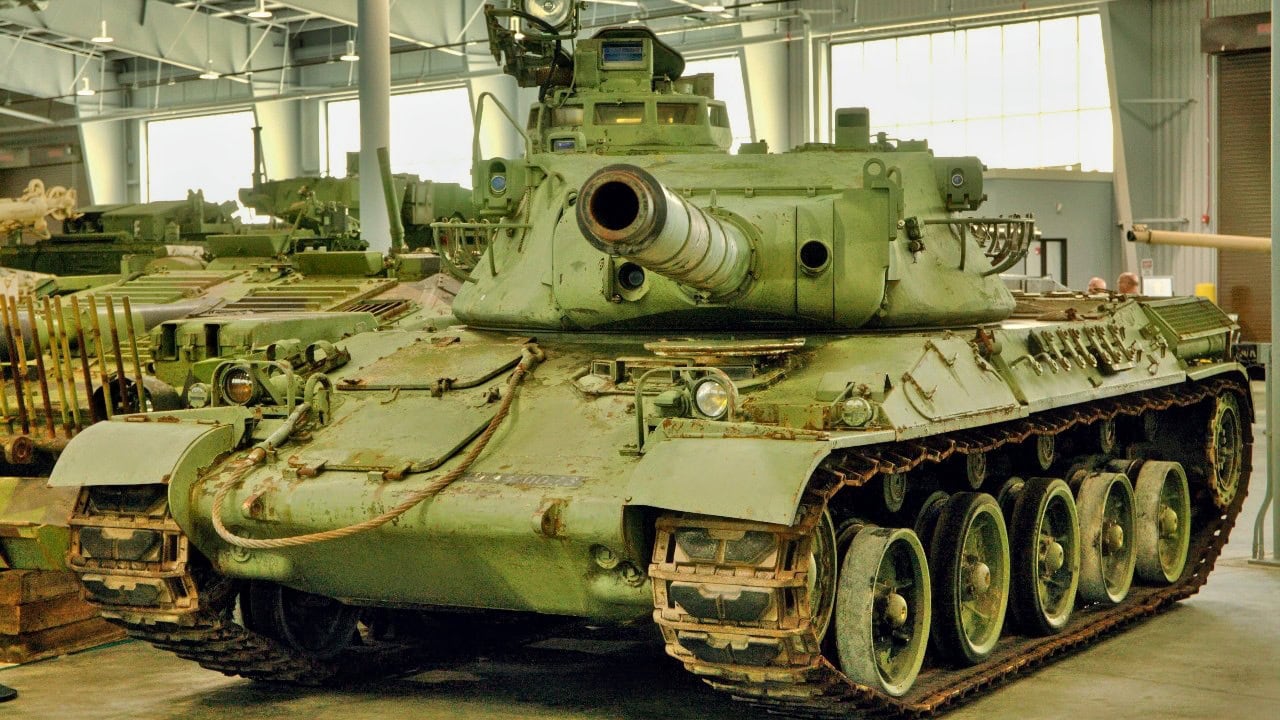
AMX-30 Tank from France. Image Credit: Creative Commons.
In the end, the Army may simply have to return to the drawing board. And this time, design a light tank that really is light.
About the Author: Michael Peck
Michael Peck is a defense writer whose work has appeared in Business Insider, Forbes, Defense News, Foreign Policy magazine, and other publications. He holds an MA in political science from Rutgers Univ. Follow him on Twitter and LinkedIn

